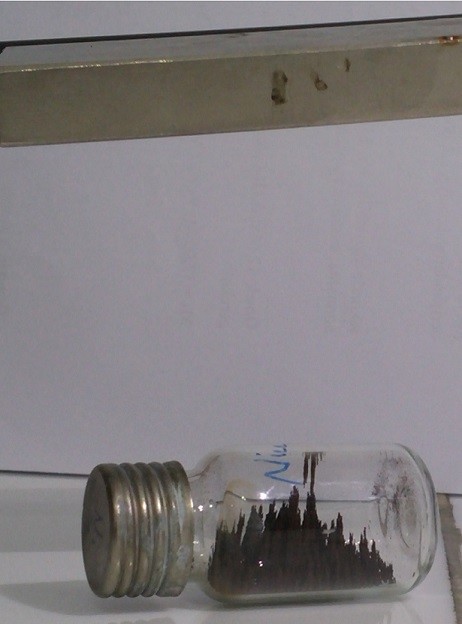
Metal–organic frameworks (MOFs) are compounds consisting of metal ions or clusters coordinated to organic ligands to form one-, two-, or three-dimensional structures. They are a subclass of coordination polymers, with the special feature small density, high surface area, tunable pore functionality and structural flexibility make them useful in a wide area of prospective applications like gas storage, liquid phase separation, heterogeneous catalysis, drug delivery, sensing, proton conductivity. In the catalytic applications MOF’s can host foreign molecules such as magnetic nanoparticle and catalyst in their pore and increase catalysis efficiency and reuseabilty. The magnetic nanoparticles of magnetite (Fe3O4) and different ferrites (MFe2O4, M = Cu, Zn, Mn, Ni, Co etc.) are synthesized by co-precipitation, sol-gel, hydrothermal / solvothermal or microwave hydrothermal methods. Applications are made in areas such as enzyme immobilization, drug delivery systems and biosensors.

In addition, antibacterial properties of magnetic nanoparticles are examined by modifying and dopping them with various materials. Antibacterial is the name of the product obtained after a process is carried out in order to prevent bacterial replication of a product. Antibacterial means not producing bacteria. Bacteria and microorganisms are living things that can not be seen. It can lead to diseases, deaths on people. Besides this, in our meals, it can lead to negative and undesirable results in our plants. Our aim is that harmless and non-toxic antibacterial magnetic nanoparticles have contributed to biotechnological fields such as health, medicine and medical.